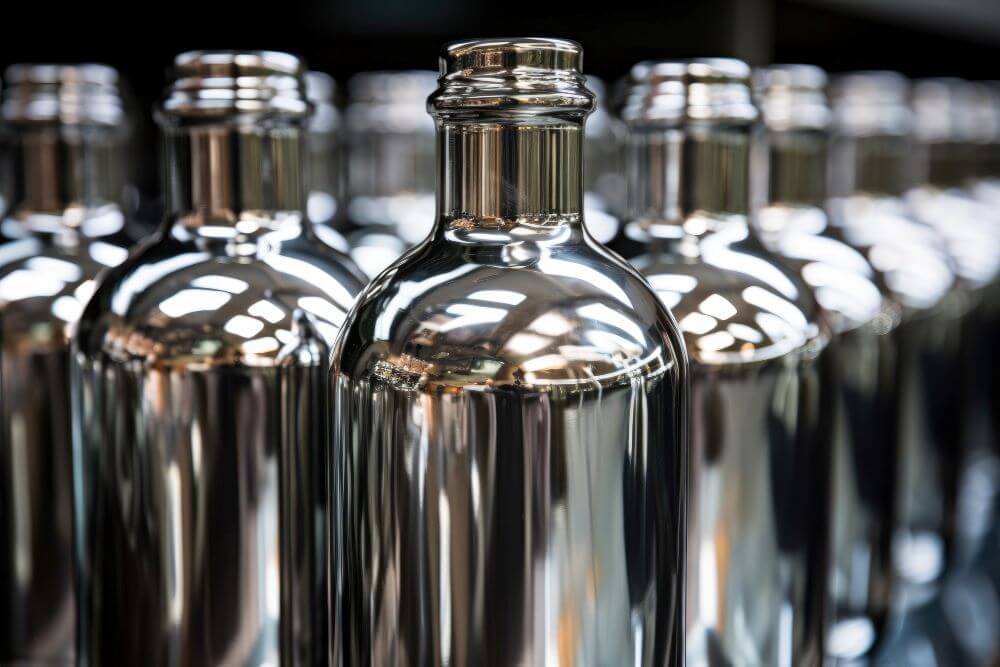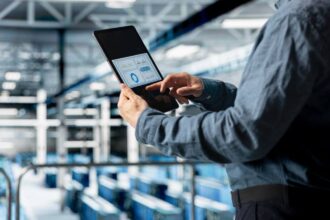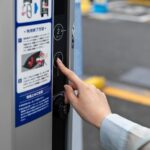In the fast-paced world of industrial production, filling lines play a critical role in streamlining the packaging process and ensuring consistent product quality. These systems, used to fill containers with liquids, powders, or granulates, are an essential component across various sectors—from food and beverage to pharmaceuticals, cosmetics, and chemicals. As automation continues to shape the future of manufacturing, modern filling lines are evolving to meet higher standards of efficiency, hygiene, and flexibility.
What Is a Filling Line?
A filling line is an integrated system designed to fill products into containers such as bottles, cans, pouches, or jars. These lines often consist of several interconnected machines, including:
- Product feeders
- Filling stations
- Capping or sealing units
- Labeling systems
- Quality control stations
- Packaging units
The goal is to achieve a smooth, uninterrupted flow from raw product to a sealed and labeled package, ready for shipment or sale.
Applications Across Industries
Filling lines are not a one-size-fits-all solution. They are tailored to the specific requirements of the product being packaged. For example:
- In the food and beverage industry, filling lines must adhere to strict hygiene standards and accommodate products with different viscosities—from water to syrups and sauces.
- The pharmaceutical industry requires precise dosing and contamination-free environments.
- Cosmetic products often demand flexibility to handle a variety of container shapes and complex formulations.
- Chemical companies must prioritize safety, especially when dealing with corrosive or hazardous substances.
Each industry places unique demands on filling lines, influencing design choices, material selection, and automation levels.
Key Considerations in Filling Line Design
When developing or upgrading a filling line, several factors must be taken into account:
- Product characteristics: Viscosity, foaming tendency, and particle content directly impact the choice of filling technology.
- Packaging format: Whether the container is glass, plastic, flexible, or rigid determines the type of conveyor and handling equipment required.
- Throughput: High-speed production demands precise synchronization between components to minimize downtime and product loss.
- Regulatory compliance: Industries like food and pharma are subject to stringent local and international regulations.
Selecting the right combination of components is crucial to achieving optimal efficiency and compliance.
Common Types of Filling Technologies
There are various types of filling mechanisms depending on the product and its properties:
- Gravity fillers for low-viscosity, non-foaming liquids
- Piston fillers for thick or particulate-laden products
- Vacuum fillers for delicate or volatile substances
- Peristaltic fillers often used in sterile environments
- Volumetric or mass flow fillers for highly precise dosing
Choosing the appropriate technology ensures both product integrity and cost-efficiency.
Challenges and Optimization Strategies
Even with advanced machinery, filling lines are not without challenges. Common issues include:
- Inconsistent fill levels
- Downtime due to mechanical failures
- Cross-contamination between product batches
- Difficulties adapting to new packaging formats
To address these challenges, manufacturers increasingly rely on digital tools and smart sensors to monitor performance in real time. Predictive maintenance, machine learning algorithms, and modular designs are transforming how filling lines are managed and maintained.
Advantages of Modern Automated Systems
Automation has revolutionized the packaging sector, offering several key benefits:
- Improved consistency: Automated filling ensures every package is filled to the same level, reducing waste.
- Faster throughput: Modern systems can fill thousands of units per hour.
- Reduced labor costs: Fewer human operators are needed to oversee the line.
- Enhanced safety: Machines can handle hazardous substances with precision, minimizing human exposure.
- Scalability: Modular setups allow lines to grow alongside production needs.
These benefits translate into higher ROI and greater competitiveness for manufacturers operating in saturated markets.
Sustainability and Energy Efficiency
Sustainability is becoming a major focus in filling line development. Modern equipment is designed to reduce:
- Energy consumption through optimized motor systems
- Water usage via closed-loop cleaning systems
- Material waste by using recyclable components and minimizing product loss
Such eco-conscious designs not only reduce operating costs but also align with growing consumer and regulatory demand for greener practices.
Future Trends
The future of filling lines lies in further integration of Industry 4.0 principles. Emerging trends include:
- IoT-enabled monitoring systems
- Remote diagnostics and maintenance
- Adaptive control systems that adjust filling parameters in real time
- Augmented reality (AR) tools for operator training and support
These innovations aim to make filling lines more resilient, intelligent, and capable of self-optimization.
Conclusion
Filling lines are a foundational element in modern manufacturing, facilitating safe, efficient, and scalable packaging of countless products. As industries evolve and consumer expectations shift, so too must the technology that powers production lines. Investing in modern, flexible filling systems ensures manufacturers can meet current demands while remaining agile for the future.
For a closer look at complete solutions in this domain, you can explore:
https://stm-pack.com/filling-lines-categories/complete-filling-lines/

















